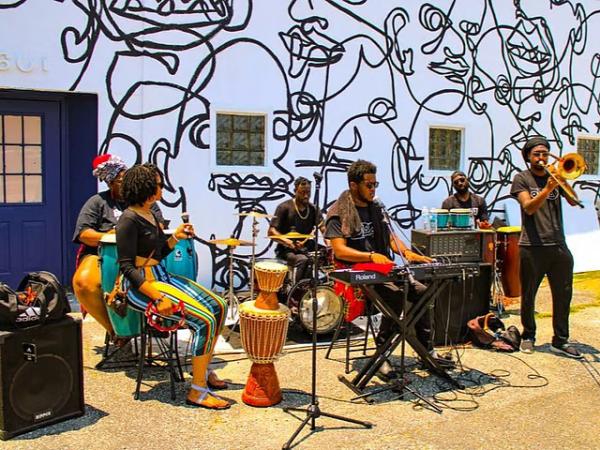Every year on June 19, communities across the U.S. come together to celebrate Juneteenth, often called America’s “second Independence Day.” This special day remembers when, in 1865, news of freedom reached the last enslaved people in Texas—more than two years after the Emancipation Proclamation.
The celebrations began in Galveston when Union forces delivered General Order No. 3, declaring that all enslaved people were free. Imagine the moment: after years of bondage, over 250,000 enslaved individuals finally heard they were free. Crying, hugging, prayer meetings, barbecues, and vibrant hymns marked the original celebrations. These gatherings helped form Emancipation Park and sparked community traditions that continue today.
A mix of joy and justice
Juneteenth is both a festive time and a moment for reflection. With its rich traditions—parades, gospel gatherings, red food symbols, poetry readings, and family picnics—the day also asks: How far have we come? What more must be done? It highlights not just survival but ongoing challenges in racial equity and social justice.
Activists revived Juneteenth during the civil rights era, and its importance surged again in 2020. Today, it is not just a celebration of freedom but also a platform for addressing inequality and promoting systemic change.
From Texas roots to federal recognition
Starting in 1866, Black communities in Texas celebrated Juneteenth each year. By the 20th century, the holiday had spread across the U.S. Some states adopted it early—Texas began formal recognition in 1938, and other states followed. The national push intensified when Opal Lee, known as the “Grandmother of Juneteenth,” walked hundreds of miles in her 90s to demand awareness. Her efforts, alongside sustained activism, led to the day being signed into federal law in 2021—a recognition that equality must never be taken for granted.
How it’s marked today
Juneteenth celebrations vary widely—from sunrise services and concerts to festivals, block parties, art exhibits, and educational events. Red foods like strawberry soda and red velvet cake honor heritage and symbolize resilience. Flags fly, and Emancipation Proclamation readings remind participants of how freedom unfolded in stages.
Some events emphasize both enjoyment and empowerment: community-building, supporting Black businesses, discussing history, and advocating for change. Many view the day as a moment to reconnect with loved ones, honour ancestors, and recommit to justice.
Looking ahead
Juneteenth is more than a day off—it’s a call to remember, learn, and improve. While it celebrates the triumph of emancipation, it also serves as a reminder of the work that remains. Reducing inequality, confronting the legacy of slavery, and fostering unity are ongoing goals.
In short
Juneteenth is a celebration of progress and a call for continued commitment to racial justice. It’s a day to remember where we came from, celebrate how far we've come, and commit to where we must go. Through reflection, celebration, and action, Juneteenth remains a vital national moment—honoring freedom earned, resilience shown, and the journey still ahead.

